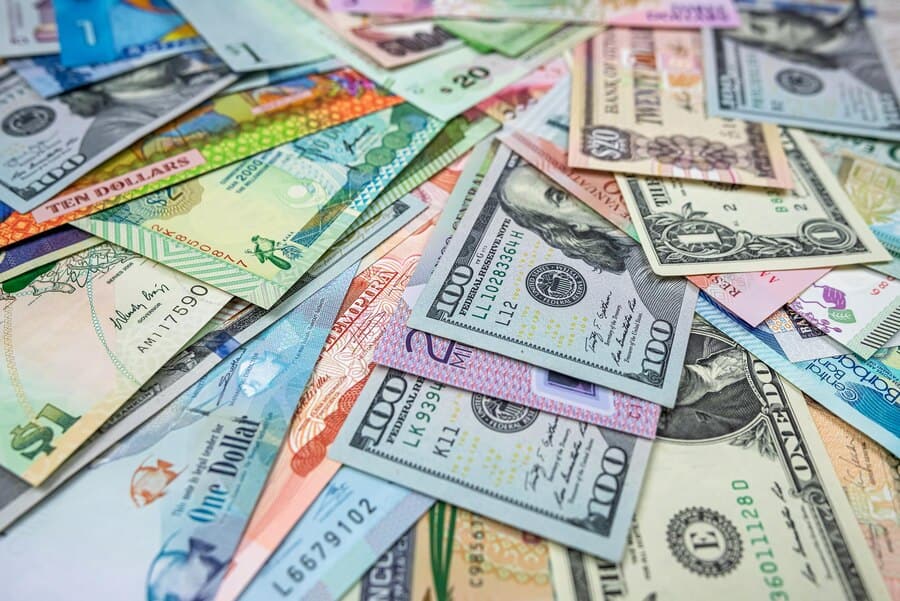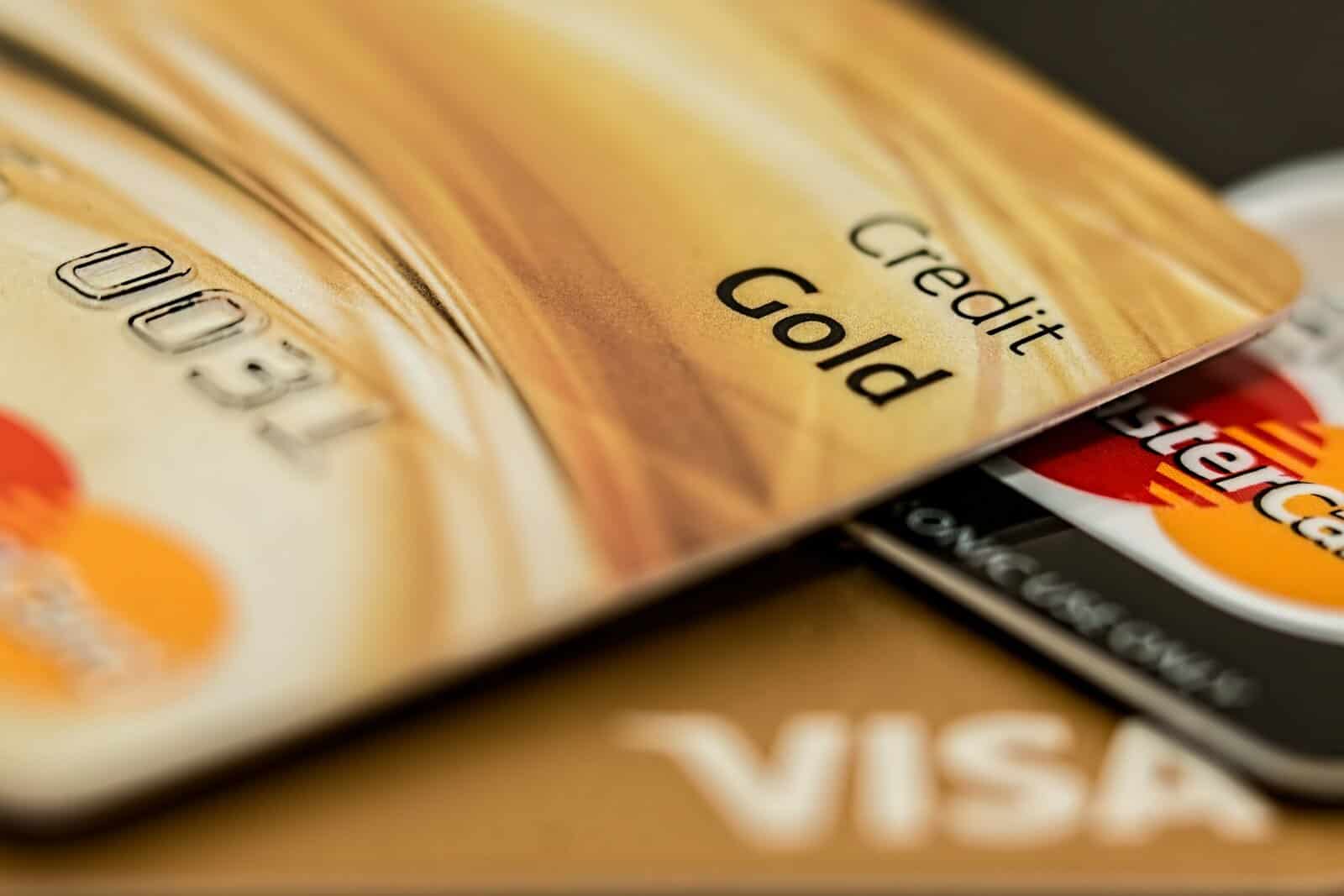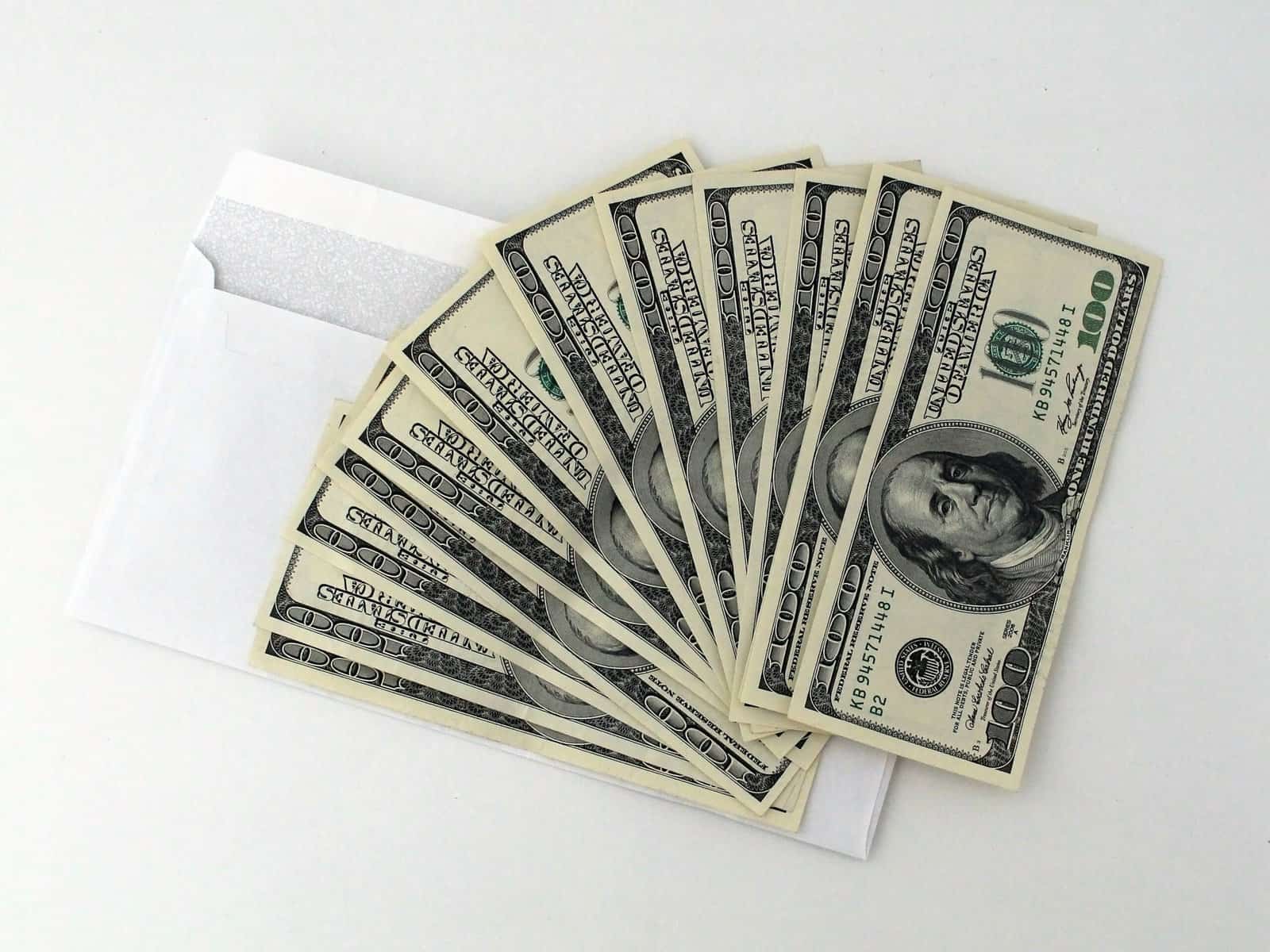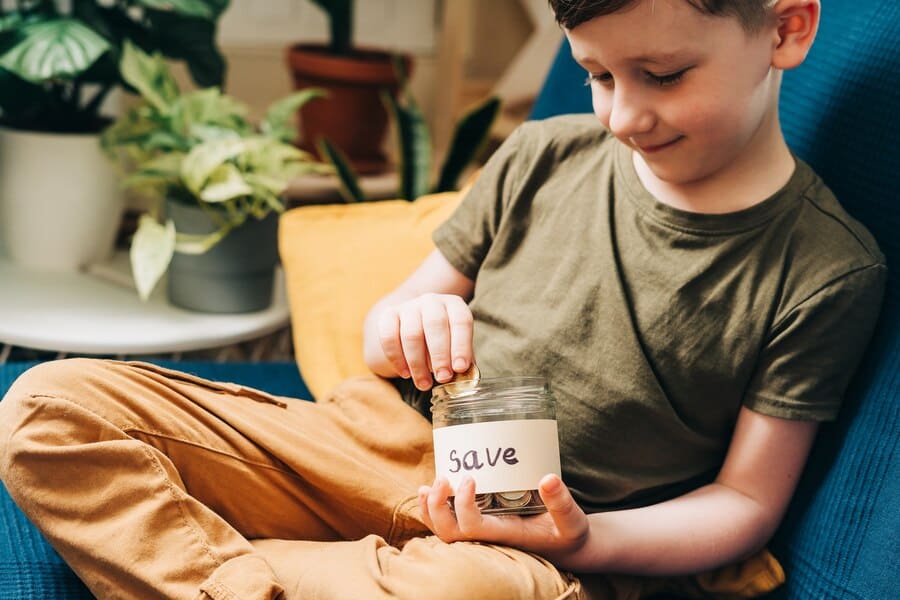
Money Facts: The 3 Exciting Financial Literacy Facts for Kids
Something that we all must learn how to manage is money. The saying makes the world go round is an unfortunate part of life and we have to be prepared to handle the multiple facets of earning and using money as we grow older.
Learning fiscal responsibility can be instilled at an early age and introducing money facts and giving your children financial literacy is a great way of learning more about money.
From things like knowing what a payslip is, managing savings, to using credits cards wisely, knowing money facts will encourage a healthy relationship between money and your child in future years.

Money Facts: What is a Credit Card?
Not everyone pays with cash and often, as children, you will see someone responsible for you hand over something that looks like a small card.
This could either be a debit card or credit card and both are very different from each other.
It is important to distinguish between them as credit cards are essentially borrowing money whereas a debit card is utilising the money that is yours and in your bank account.
Even though we have just discussed two different types of card, another form of payment is popular as well, cash.
These three methods are the most popular way for people to pay for goods and services.
Knowing how to sensibly use all three can transform a child’s life in the future when they make informed decisions on how they spend their money and the levels of debt they wish to incur.
Credit cards are an incredibly useful tool. If you need to pay for something but simply don’t have the money upfront, you can place it on a credit card and pay it off over time.
This is obviously something that shouldn’t be done often, but it can be useful is the purchase is a necessity.

Credit card companies also insure their purchases so, if something went wrong, then you would have your money paid back in full. Something that is incredibly useful.
When someone spends money on their credit card, it goes into a type of bill which should be paid back at the end of the month. This is why using a credit card is often considered to be like using a loan.
If you don’t pay off the full amount and choose to pay off a small amount, then you can potentially accrue interest on your credit card, meaning you will pay back more than you spent.
If you pay this late, you can end up paying more interest and this will continue to rise every time you make a late payment.
Most credit cards come with a specific amount of money attached to them so that is all you can spend.
This is agreed on at the beginning of your credit contract so you know how much you have available to you.
Financial Literacy for Kids: What is a Payslip?
When you have a job, you will receive a payslip that accompanies the money that enters into your bank account.
There are many different sections on a payslip which can make it rather confusing.
Knowing what each part is is an important part of financial literacy and a great example of money facts and management.
The payslip itself is a slip of paper or email that states the pay of the person, how much money the person has earned and how much money has been deducted from them.
All payslips contain something that says ‘gross pay’.

This is the total amount of money that someone is paid before any deductions are done from their wages. Another section you will find on a payslip is ‘net pay’.
This is the total amount someone has been paid after the deductions have been made and taken from their wages.
So, this is the actual amount that the person will be receiving. Important money facts to know to help with financial literacy.
Payslips can contain other headings as well that include additional payments.
These could be expenses, so the money might include additions for travelling costs and so on for the employee.
Payslips also contains deductions. This is usually money paid to the government to aid essential services like health care and government bodies.
This payment is usually known as tax which pays for these essential public services. Another thing you might find on a payslip is national insurance.
This is paid to ensure that there is money for the government to pay people when they decide to retire.
A pension scheme is another type of money that is taken from pay to ensure that the company has money to pay someone when they reach the age of retirement.
Money Facts for Kids: How to Help Kids Save Money?
Saving is one of the most important skills you can teach your child. Learning to save helps with their long term finance and gives them a grounding in financial literacy.
Understanding the importance of credit and bank accounts will enable your children to have the best money facts for their future. Saving money can be for an item or future investment.
It can help with retirement or it can help when there has been a financial crisis.
There are plenty of ways that saving money can positively impact your life and this is the sort of money facts that children need to be acquainted with.

If your child receives money on their birthday, encourage them to place that money in a savings account to allow it to help them in the future.
A lot of savings accounts include interest on it as well, so the longer the money is there, the more interest they will make on it, meaning more money for them in the future.
Teaching children to save also helps them understand the value of money.
Earning money and investing money into their future is an important thing, so when you put money from a salary into a savings account, there will always be something to fall back on.
You could teach children how to earn money by rewarding them with small amounts for doing their chores.
This could perhaps be their pocket money which they can save in a piggy bank.
It could be an activity to take them to the bank to open their savings account together. That way, they can see the physical effects of depositing money into their bank account.
Would you like to know more about financial literacy for kids? Come and check our money articles for kids: More about Money and Banks and Finance.
Why not subscribe to our LearningMole Library for as little as £1.99 per month to access over 1400 fun educational videos.


Leave a Reply